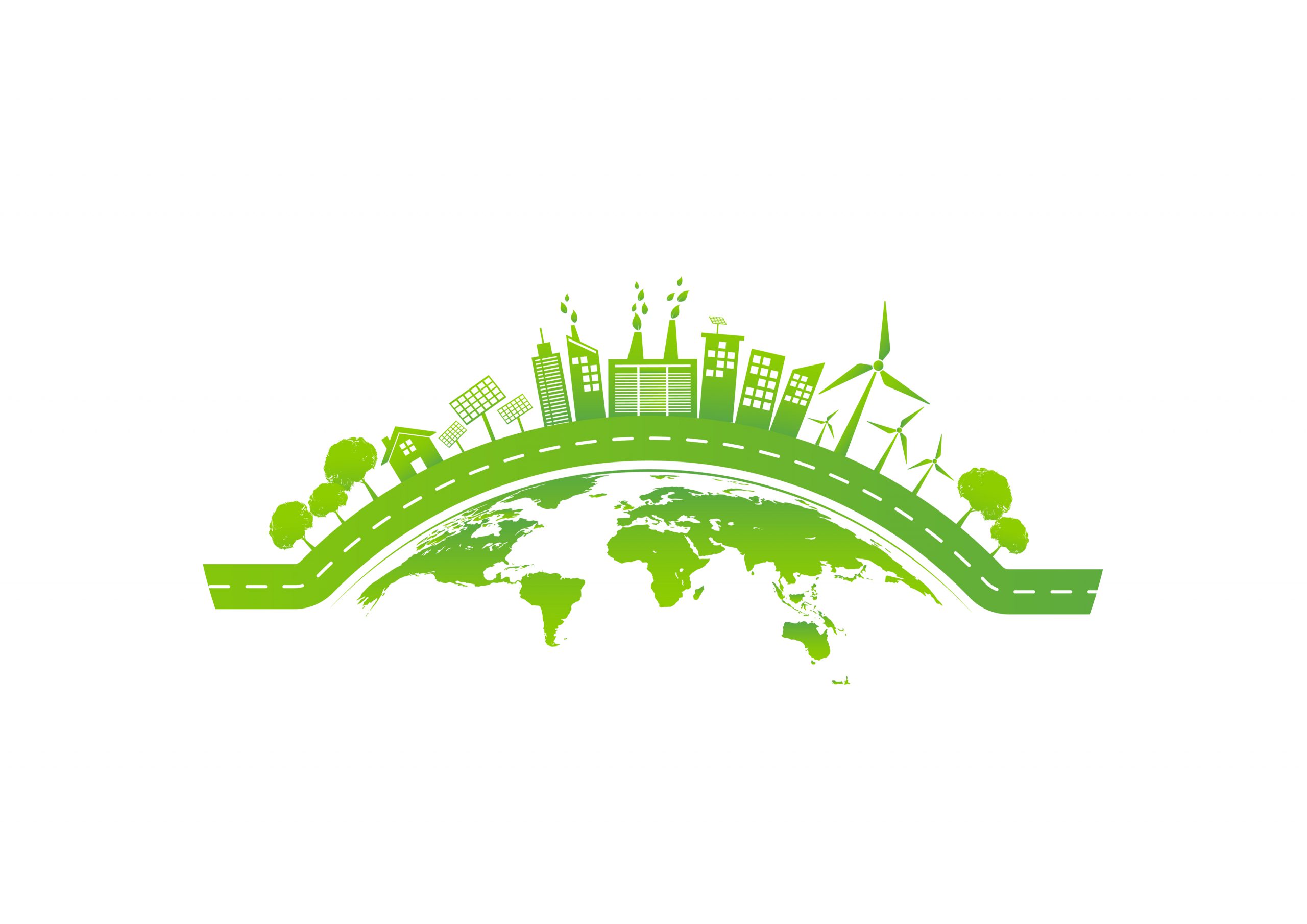Why decarbonised gas?
What is decarbonised gas?
Biogases: Biogases are the same as natural gas, but they are produced from waste materials, including farm waste and black back waste. They are low carbon because the waste gases are used productively rather than vented.
Hydrogen: Hydrogen is zero emission when used, and is made from water using renewable and low carbon electricity, and from natural gas, with the CO2 captured and stored deep beneath the seabed.
Carbon capture, usage and storage (CCUS): CCUS involves capturing the CO2 emissions from factories, power stations and hydrogen production, and then either storing it deep beneath the sea bed, or using it productively, so that the CO2 doesn’t enter the atmosphere to cause climate change. Combined with bioenergy, CCUS can produce negative emissions, which are critical to achieving net zero emissions across the country in practice.
How can it help?
Homes:
- Biomethane can be used for heating and cooking as a direct replacement for natural gas.
- Hydrogen can be blended up to 20% in the gas grid with no changes to appliances.
- 100% hydrogen could also be used in homes with new appliances, and hydrogen-ready boilers are being developed.
Transport:
- Biomethane can be used to fuel trucks and buses in place of diesel, reducing emissions and improving air quality.
- Hydrogen can be used in cars, trucks, buses, trains and ships as a zero emission fuel. It is particularly suited to heavy transport where it’s harder for vehicles to carry big enough batteries.
Manufacturing:
- Hydrogen can replace natural gas for heat and as a raw material in industrial processes, such as glass making.
- CO2 can be captured directly from industrial processes, such as cement making.
Electricity:
- CO2 can be captured from gas-fired power stations, which are particularly important when there is less wind – sometimes there are periods of several days in a row when wind speeds are low, and this is much longer than batteries can store electricity for.
- Hydrogen can also help to support more renewable electricity. When there are periods of very strong wind, excess electricity can be used to make hydrogen from water, and the hydrogen can then be used to generate carbon-free electricity when wind speeds are lower.
Why does it matter?
Since 1990, the UK has reduced emissions from electricity by 64%, but it has only reduced emissions from homes by 16%, and emissions from transport are just 2% lower than 30 years ago.
At the same time, much of our manufacturing has moved to other countries, and so the emissions from these factories are now counted elsewhere, even though we still consume the goods that they make. Looked at this way, the carbon emissions from the goods and services that we consume in this country are at the same level they were in 1990.
So we need to do a lot more to tackle these hard-to-decarbonise sectors, if we are to meet the pressing need for net zero emissions.
Lower cost and disruption, and creating good jobs
Lower cost: Because there are few alternatives to capturing CO2 emissions in some areas, and because in combination with bioenergy, CCUS produces negative emissions, studies have shown that it would cut the cost of substantially decarbonising – reducing emissions by 80% – in half. CCUS has also been described as “a necessity, not an option” for meeting net zero emissions by the Government’s climate change advisers.
Less disruption: There are 27 million homes in the UK, and so to get to net zero, we need to decarbonise the central heating in nearly 1 million homes each year between now and 2050 – and we’ll need to go faster than that if we want to achieve net zero earlier. Switching home heating to biomethane or hydrogen, or installing hybrid systems that use both decarbonised gas and electricity, is less disruptive and cheaper to install than electric-only solutions. This is because a full change to the entire central heating system, including much larger radiators and hot water tanks, is not needed.
Good jobs: Decarbonised gas can create lots of good jobs across the country, for example:
- Building anaerobic digestion plants to convert farm waste to biomethane.
- Replacing gas boilers with hydrogen ones – a recent report found that 3,000 gas engineers would be needed for a decade to convert homes across the North of England.
- Making the low carbon products of the future, with manufacturing decarbonised in the UK, rather than offshored to other countries.
- Capturing and storing CO2 to meet net zero emissions – a report found that to do this at the required scale, over 200,000 jobs would be needed along the east coast of the UK, cumulatively, through to 2060.

